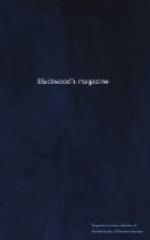Sir Edward Coke reduces the heads of challenge to four. 1st, propter honoris respectum; as if a lord of Parliament be impannelled. 2d, propter defectum; as if a juryman be an alien born, or be in other respects generally objectionable. 3d, propter affectum; for suspicion of bias or partiality: and 4th, propter delictum; or, for some crime that affects the juror’s credit, and renders him infamous; In treason and felony, the prisoner is allowed the privilege of a limited number of peremptory challenges; after which, as in misdemeanours, there is no limit to the number of challenges, if the party shows some cause for each challenge to the court. This cause is tried by persons appointed for that purpose by the court, when no jurymen have been sworn; but when two jurymen have been sworn, they are the parties who must adjudicate upon the qualifications of those who are afterwards challenged, who, except when the challenge is propter delictum, may be themselves examined upon oath. The crown, also, we have seen, can exercise this privilege, but with this difference, that no cause for challenge need be shown by the crown, either in felonies or misdemeanours, till the panel is exhausted, and unless there cannot be a full jury without the persons so challenged.
When twelve men have been found, they are sworn to give a true verdict “according to the evidence,” and the jury are then ready to hear the merits of the case. To fix their attention the closer to the facts which they are impannelled and sworn to try, the indictment, in cases of importance, is usually opened by the junior counsel for the crown—a proceeding, by which they are briefly informed of the charge which is brought against the accused. The leading counsel for the crown then lays the facts




